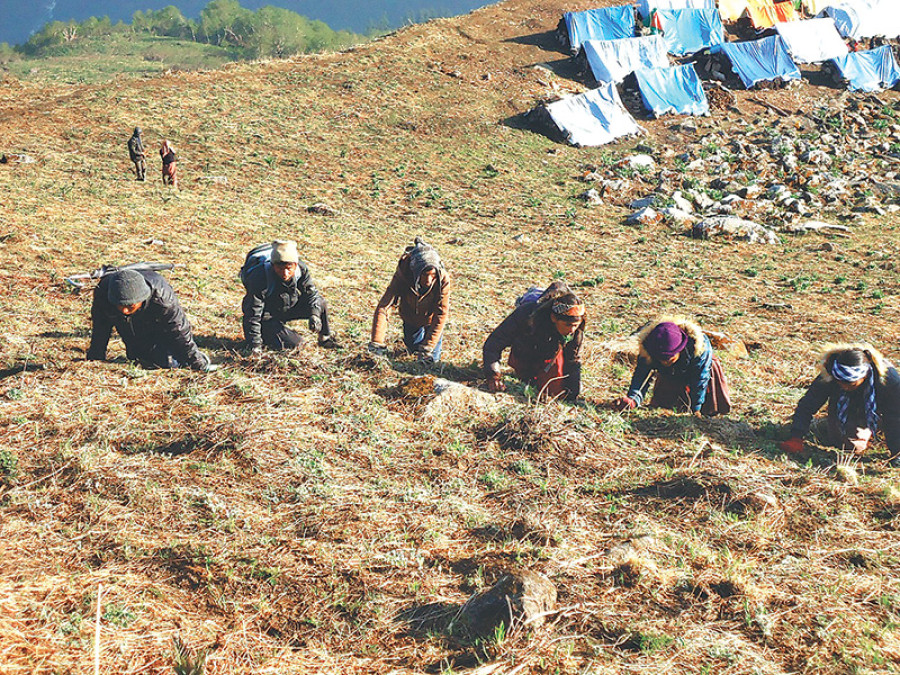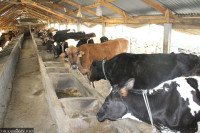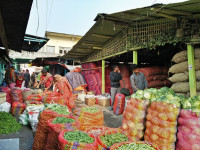Money
Yarsagumba collection surges in Bajhang
Collectors of yarsagumba, the world’s most expensive medicinal fungus, are elated this year, as harvests of the product, which is prized as an aphrodisiac, have surged to the level last seen around eight years ago.
Basant Pratap Singh
Collectors of yarsagumba, the world’s most expensive medicinal fungus, are elated this year, as harvests of the product, which is prized as an aphrodisiac, have surged to the level last seen around eight years ago.
The output of yarsagumba in Bajhang district has been continuously falling for the last several years. This had raised the spectre of the fungus, dubbed the Himalayan Viagra, becoming extinct after a few years. Such a scenario would have affected livelihoods of many living in the northern part of the district who generate a big chunk of their annual income by collecting yarsagumba during the harvest season.
“We are happy that the production has now rebounded to the level of seven to eight years ago,” Runchhe Bohara, a yarsa collector from Kanda, said.
A year ago, the best yarsagumba picker used to return with 20 units of the fungus after a gruelling day’s search, according to Lakhan Bohara, a yarsa collector from Surma. This year, Bohara said, some collected as many as 100 units of fungus in a day.
This year, production of yarsagumba jumped in Kanda’s Raidhungi, Majha, Pharalkhet and Syangban, and Surma’s Jaljala, Danphechuli, Tapoban, Danda, Nilkhatti, Thade, Jarsi and Goldhunga.
Bajhang is one of the poorest districts in the country. It also falls on the bottom rung of the human development index, meaning income level here is low, and many are not educated and do not have access to quality healthcare services.
So, entire families leave their homes during yarsagumba picking season and spend weeks in the highlands in hope of generating extra income. Many use the money generated from sales of yarsa to put meals on the tables throughout the year.
Yarsagumba is the world’s most expensive medicinal fungus, and is used to cure anemia, chest and lung infections, tuberculosis, Hepatitis B and kidney and liver diseases. It can fetch as much as $100 per gram on the Chinese market, making it more expensive than gold, according to reports.
This is the reason why hordes of collectors rush to the hills during the yarsagumba collection season. And the effort put into yarsa collection does not go in vain, as there are examples of pickers earning enough to purchase real estate in district headquarters and relatively prosperous southern plains. Many have also stopped visiting India to do menial jobs.
These gains made in the past, however, were on the verge of being reversed with the fall in production of the fungus. But surge in output this year has raised hopes for better harvests next year.
The news about jump in production of yarsagumba this season has reached the District Forest Office as well. But officials do not know what exactly led to rise in production of the medicinal fungus.
“The district had greater snowfall this year. That may be one of the reasons for surge in output. But we have not conducted research into this, so we cannot say what raised the output,” said Karna Bahadur Khatri, assistant district forest officer.
The district experienced an early snowfall. This continued on and off till mid-May. Also, adequate rainfall helped the fungus to grow properly, according to Basanta Bohara, a yarsa picker from Kanda. Bajhang has been exporting an average of around 325 kg of yarsa per year in the last 10 years. The quantity had dropped to 210 kg last year.




 14.12°C Kathmandu
14.12°C Kathmandu















